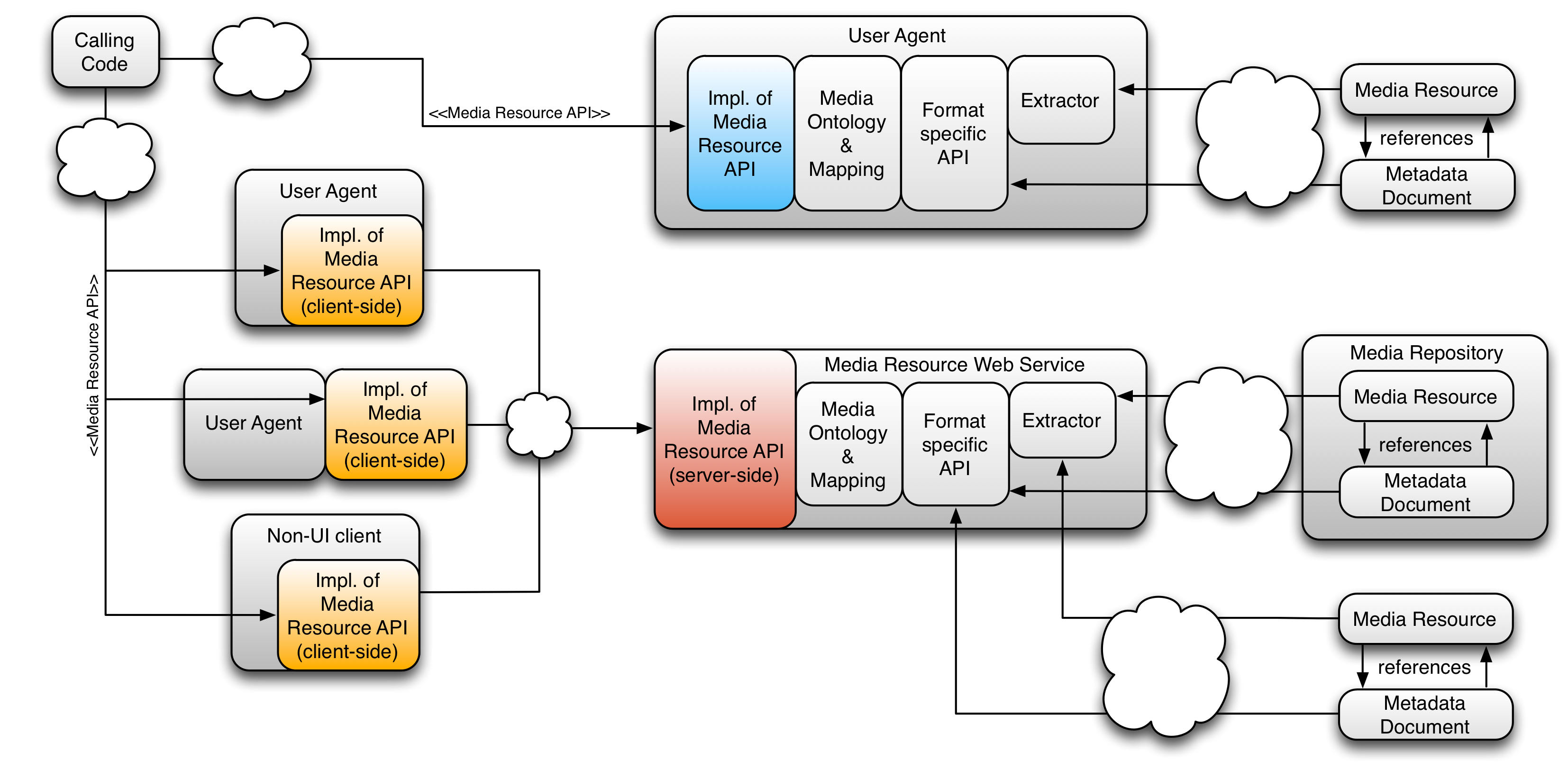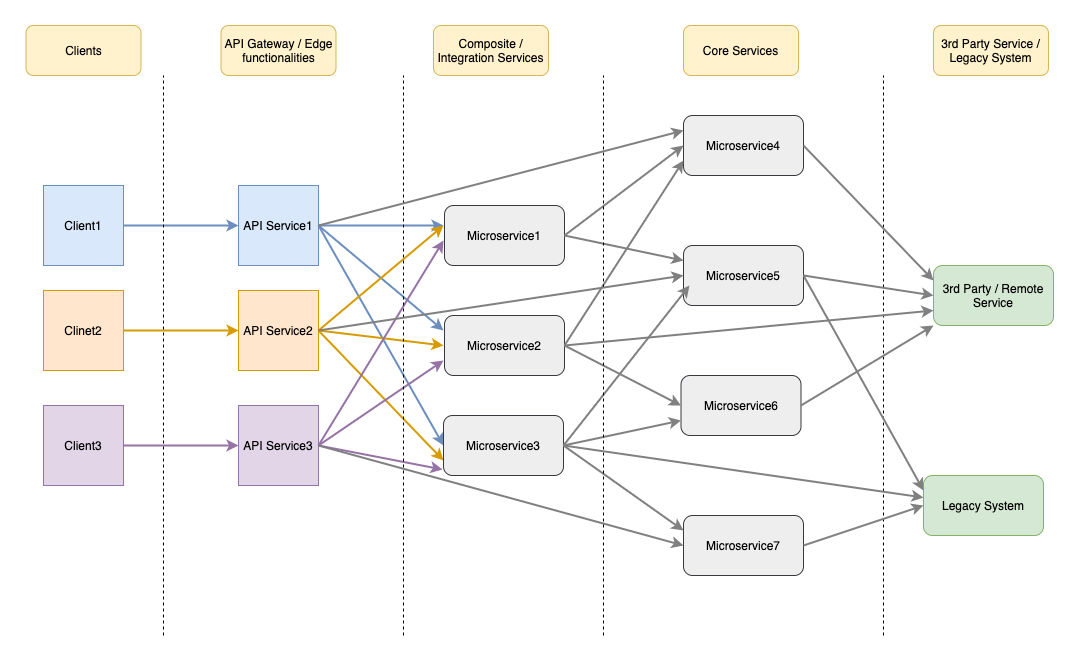Table Of Content
- Provide Meaningful and Standardized Error Responses
- OpenAI’s commitment to child safety: adopting safety by design principles
- Thousands of teams worldwide trust Swagger to deliver better products, faster.
- API documentation tools
- Best Practices for API Design
- Table of contents
- How to Design an API: Essential Guide + Best Practices
- Experience the Power of Well-Designed APIs

Security is paramount, starting from the design stage. Thus, implement authentication and authorization mechanisms, like OAuth, to control access and ensure data protection. You may also employ HTTPS to encrypt data in transit, and be meticulous about validating input to safeguard against injection attacks.
Provide Meaningful and Standardized Error Responses
Bumble, GitHub, and HP discuss the challenges their design systems teams face in connecting design to code and share first impressions of Code Connect. Over the past few years, we’ve watched this community grow and the design systems they create become more powerful, flexible, and sophisticated. But with power and sophistication comes complexity, and we’ve found that one of the biggest challenges facing design systems managers today is gaining organizational adoption.
OpenAI’s commitment to child safety: adopting safety by design principles

For instance, at Bitly (where I work), designers provide information about design decisions in the form of Sketch files in a tool called Abstract. We’re working with engineers to make sure the format works for everyone as an efficient and accurate way to share specifications. You can implement these API design best practices with Astera’s no-code API Management solution.

Thousands of teams worldwide trust Swagger to deliver better products, faster.
The components section is a way for us to reuse objects, parameters, security protocols, and more to declutter and design more efficiently. There’s plenty more information to add in the parameters section depending on your situation. The documentation for OpenAPI explains many different setups for your route parameters. Add the following code underneath the operationId but before the responses. A different design may place both resources at the top level. Additionally, best practices and tools change, so there might be a better (or different method) depending on API type.
API documentation tools
What API Product Managers Need - InfoQ.com
What API Product Managers Need.
Posted: Tue, 24 Oct 2023 07:00:00 GMT [source]
But the overall performance of our API is another key factor we should work on. As you can see, we've added the two properties "memberId" and "member" to our records inside the database. This has the huge advantage that we don't have to nest deeper our existing endpoint. Now we're able to create a new route in our workout router and direct the request to our record service. I always imagine that the HTTP verb describes the action (what we'd like to do) and the URL itself (that points towards a resource) the target.
Paths of endpoints should be consistent, we use nouns only since the HTTP methods indicate the action we want to take. Paths of nested resources should come after the path of the parent resource. They should tell us what we’re getting or manipulating without the need to read extra documentation to understand what it’s doing.
Inside there you can define how long your data should be cached. For the sake of this tutorial I've chosen two minutes. The time depends on how fast or how often your data inside your cache changes.
How to Design an API: Essential Guide + Best Practices
If you’re a designer or developer, there’s already an API layer between you and your counterparts. That API might not be well-documented or consistent, but it forms the basis for your communication with each other. As long as these contracts are in place, Etsy and PayPal can write and re-write their own systems without needing to check in with each other. They can work independently and efficiently, according to their own needs.
For Enterprise customers, we announced the beta of their Library Analytics API. Lastly, be sure and get feedback from early adopters and end-users (throughout) about the actual experience of consuming the API. Keep in mind that if it's not used, it's not useful, so it needs to be a positive experience. Developers can sometimes lose sight of that end-user experience, but a design-first approach ensures that this is always top of mind.
Businesses can build APIs that stand the test of time and scale with their growth by focusing on these aspects. When learning how to design an API, embracing a strategic approach that ensures seamless integration and drives innovation is crucial. Thoughtful design stands at the heart of unlocking technology integrations' full potential, making APIs functional and pivotal in shaping the future of digital interactions.
An easy way to do this is to add a new customer resource. To get a feel for how a company would design an API, let's try our hand at it with our pizza parlor. Back in Chapter 2, we talked a little bit about resources. Recall that resources are the nouns of APIs (customers and pizzas). These are the things we want the world to be able to interact with through our API.
Now the second part of AI is applying AI to our own products, which is the Cadence.AI portfolio. And like you mentioned last week, we had several customers talking about success with that portfolio, including Intel -- like I mentioned, Intel, Broadcom, Qualcomm, Juniper, ARM. So we are no longer in kind of a trial phase of whether these things will work. Like we mentioned, MediaTek got like 6% power improvement. One of the hyperscale companies got 8% to 10% power improvement.
However, it’s fine to follow along without downloading the editor. Similarly to programming, the function (API route) should not do more than is necessary. Ideally, a route/method combination should do one thing. Later, we could add parameters to enable subsequent features, but we want the function to be simple. These adjectives (part of the UX Honeycomb) remind us to think about the other parties in the design process.
So it would be a wise decision to move the services folder also into a specific version folder. There are many different approaches to handling versioning inside an Express API. In our case I'd like to create a sub folder for each version inside our src directory called v1. That's what we expose to the outside world and what can be consumed by other developers.
You’ll want to add other types of documentation, too, such as tutorials. Look for a tool that allows you to have customized documentation alongside your generated docs. You also may want to match your site’s style and navigation.
You can test things out by adding a workout with the same name twice or not providing a required property inside your request body. You should receive the corresponding HTTP error codes along with the error message. Back in our workout controller we receive the return value from workoutService.getAllWorkouts() and simply send it as a response to the client.

No comments:
Post a Comment